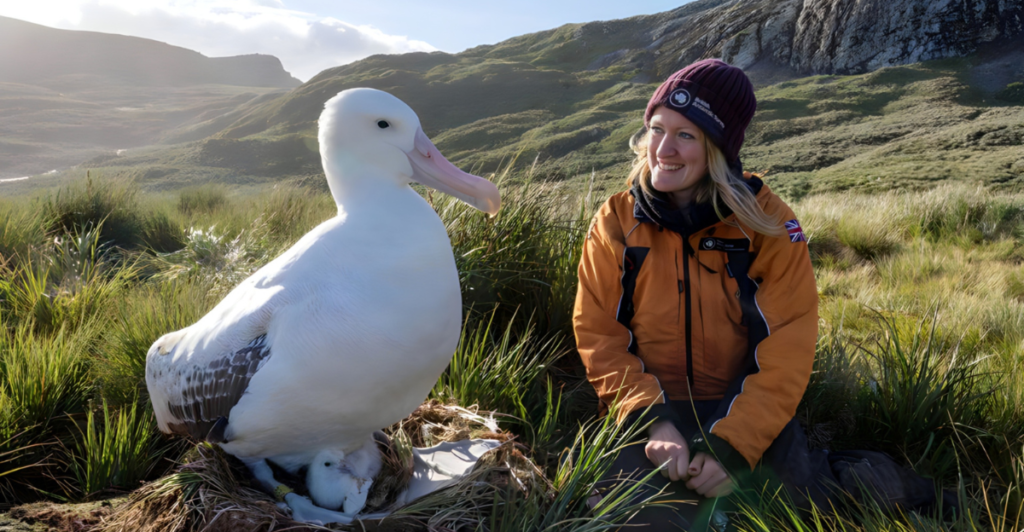
Did you know that some animals have the amazing ability to sleep while in motion? This might seem unlikely, but this adaption helps animals rest while they make the necessary movements to survive.
1. Sharks
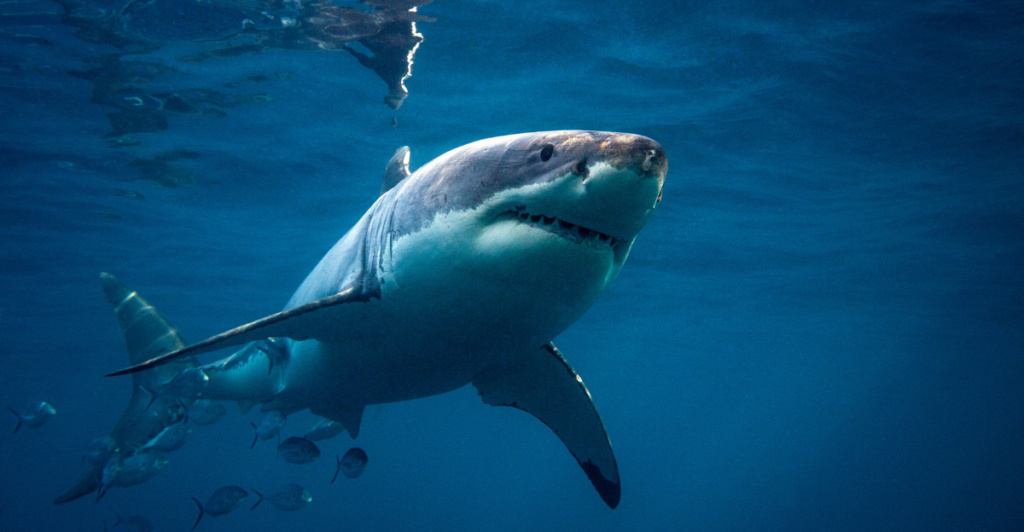
Unlike most animals, sharks don’t have eyelids that close, so their sleep is often subtle and can appear as though they’re constantly alert. To make sure they stay in motion, they rely on a process called “ram ventilation.” This means they must keep swimming to push water through their gills and oxygenate their bodies, even while they rest. During these periods, their brain enters a restful state, though they remain aware of their surroundings, which helps them avoid predators and continue hunting.
2. Swifts
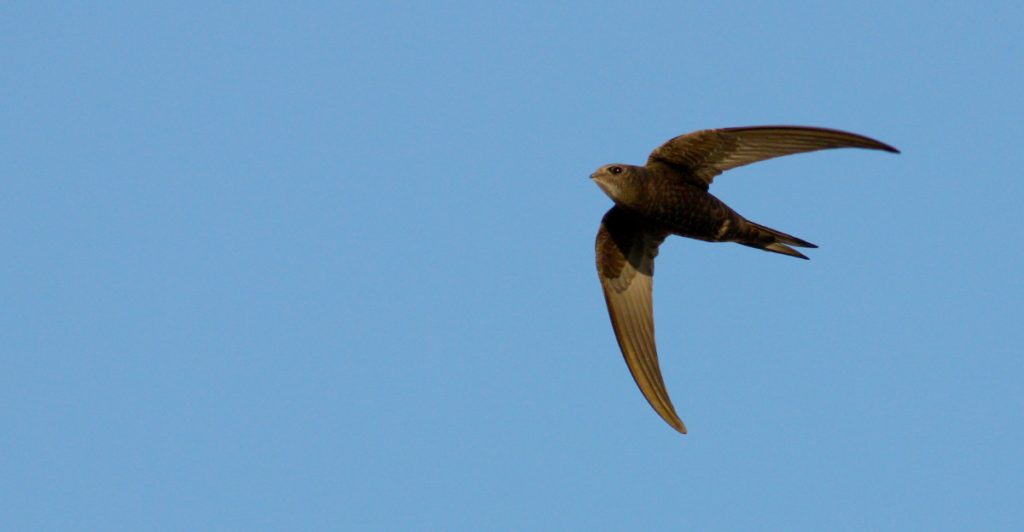
These amazing birds are known for their ability to sleep while flying, a skill that allows them to stay airborne for months. To sleep while flying, swifts enter a state known as unihemispheric slow-wave sleep, where one half of their brain rests while the other stays alert, controlling flight. This enables them to navigate, avoid obstacles, and even communicate with other swifts while getting the rest they need. They spend most of their time in the sky without touching land.
3. Sea Turtles
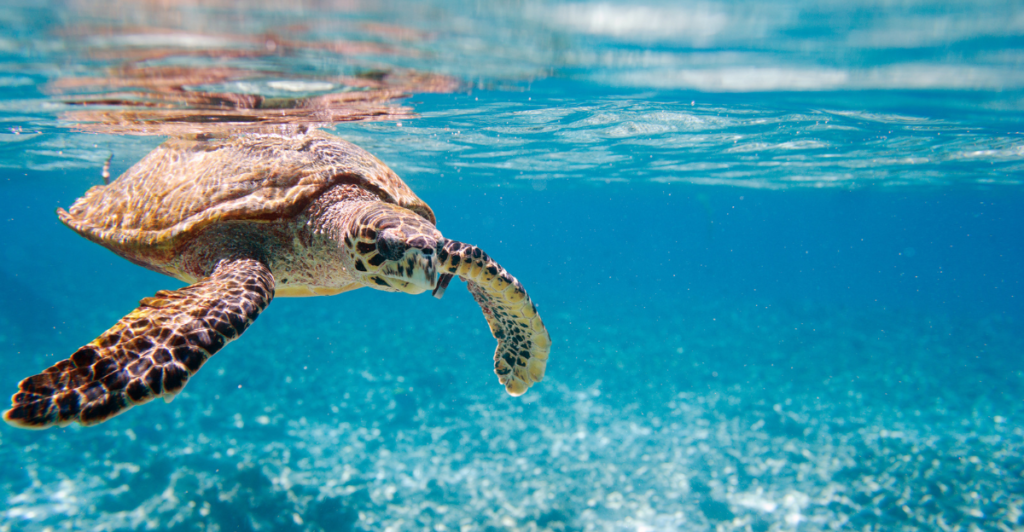
Sea turtles undertake incredibly long migrations, meaning they don’t have the luxury of stopping to rest. They can float or glide slowly with the current while their bodies stay in motion by taking short naps day and night. During these rest periods, sea turtles rely on their ability to maintain a steady pace and keep their heads above water to breathe. Even though they may fall into a deep sleep, they can still stay alert and navigate the ocean.
4. Manatees
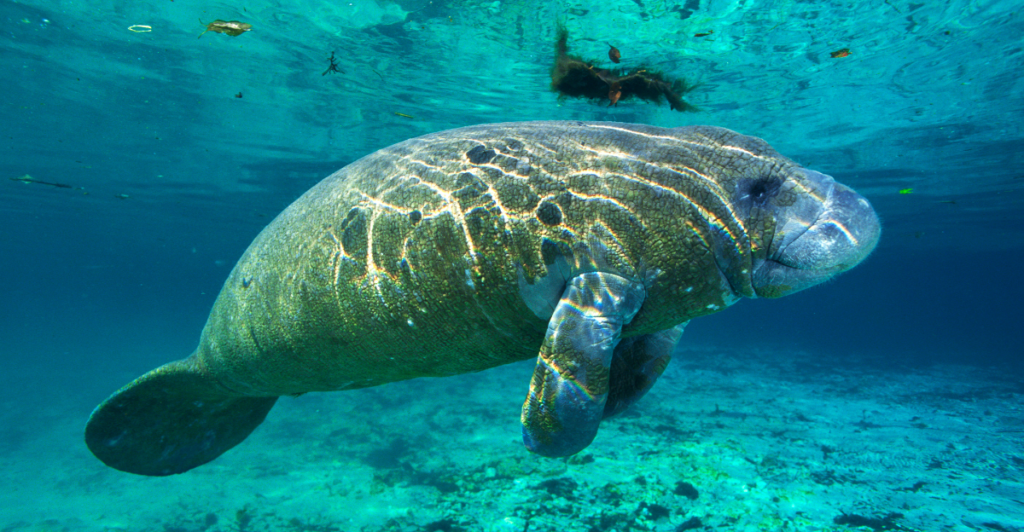
These large sea mammals have adapted to sleeping while in motion, unlike most other animals that need a hard surface to rest. They take short restful periods throughout the day and night, typically around 4 to 6 hours. Although they can sleep in motion, manatees occasionally rise to the surface to breathe, as they can mostly only stay underwater for 20 minutes at a time.
5. Dolphins
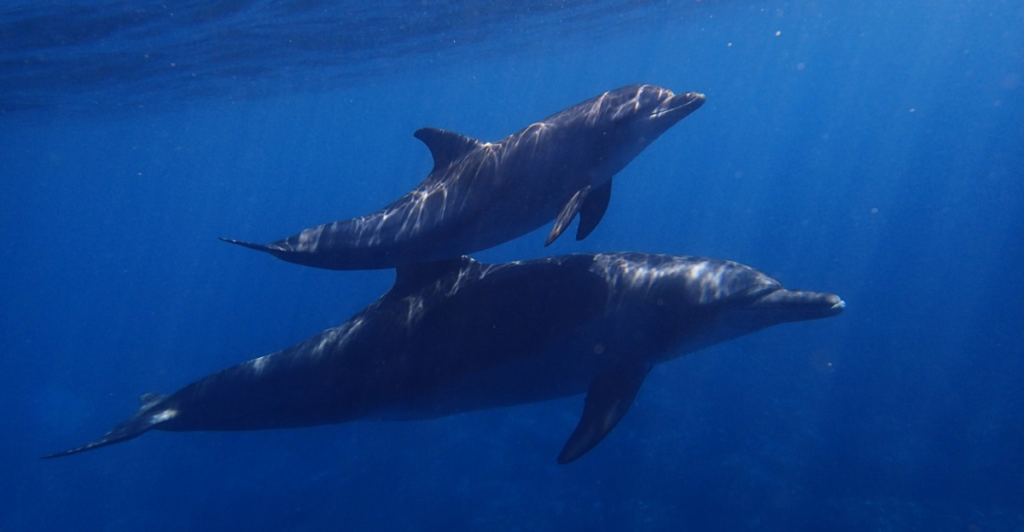
These fantastic creatures also use unihemispheric slow-wave sleep. This allows one hemisphere of their brain to rest while the other remains active, keeping them alert enough to maintain swimming, breathe, and be aware of their surroundings. When they decide to rest, they typically swim slowly, often alongside their pods or in familiar areas. While one half of their brain sleeps, the other half controls vital functions, like navigating and communicating with other dolphins.
6. Frigatebirds
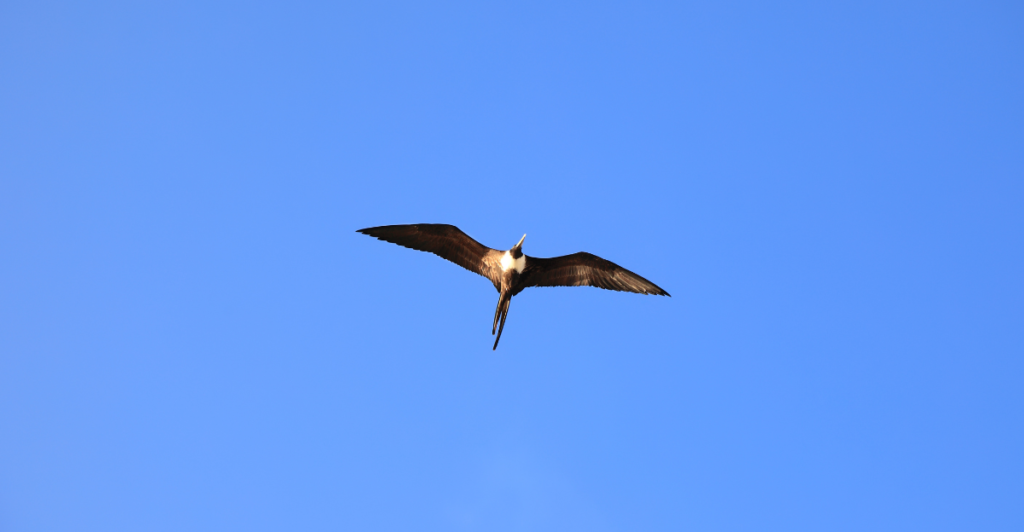
These seabirds can stay in the air for days or weeks, thanks to their ability to sleep in short bursts while gliding. Like other animals that sleep in motion, frigatebirds use unihemispheric slow-wave sleep, allowing one-half of their brain to rest. In contrast, the other stays alert to control flight and navigation. These birds often make long trips over the ocean, and this adaption is crucial for their survival and ability to reach their destination.
7. Elephants
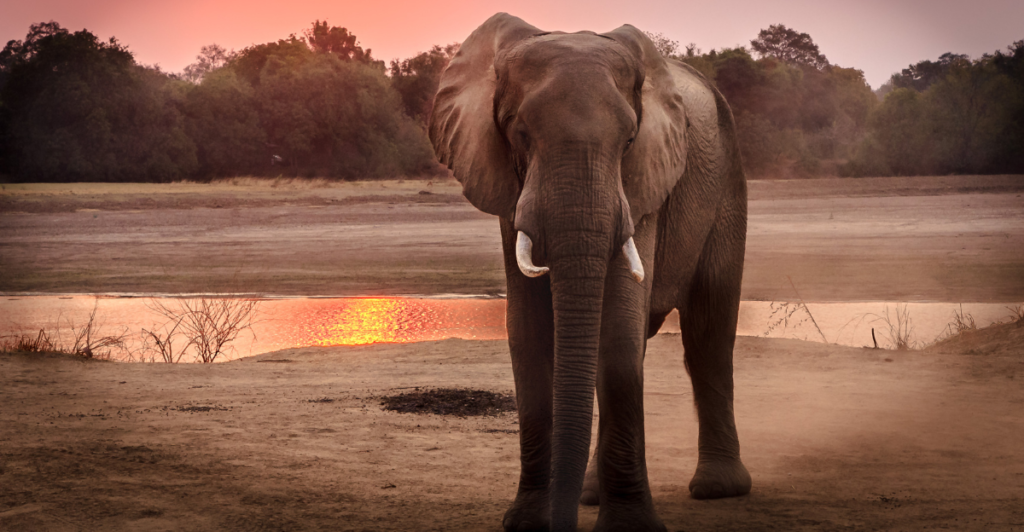
Although elephants don’t depend on their ability to sleep while in motion for survival, they sleep standing up or lying down occasionally. They also take short naps while walking or traveling long distances in search of food and water. These naps only last a few minutes but remain partially alert and stay with their herd for protection.
8. Jellyfish
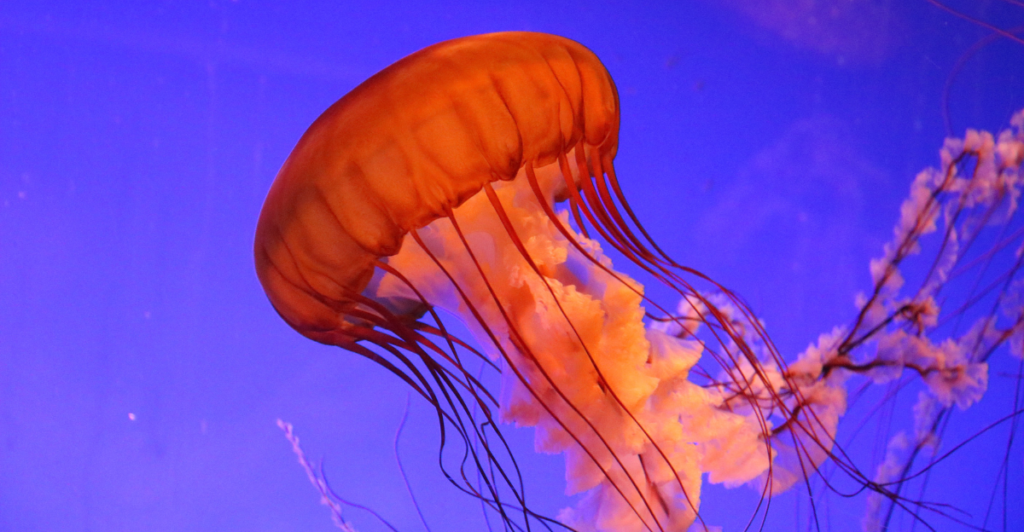
Seeing as jellyfish don’t have brains, their rest periods are more about reducing their activity rather than entering deep sleep. They allow the currents to carry them as they take on a reduced activity state. During these periods, they become less responsive to their surroundings, conserving energy and floating effortlessly.
9. Horses
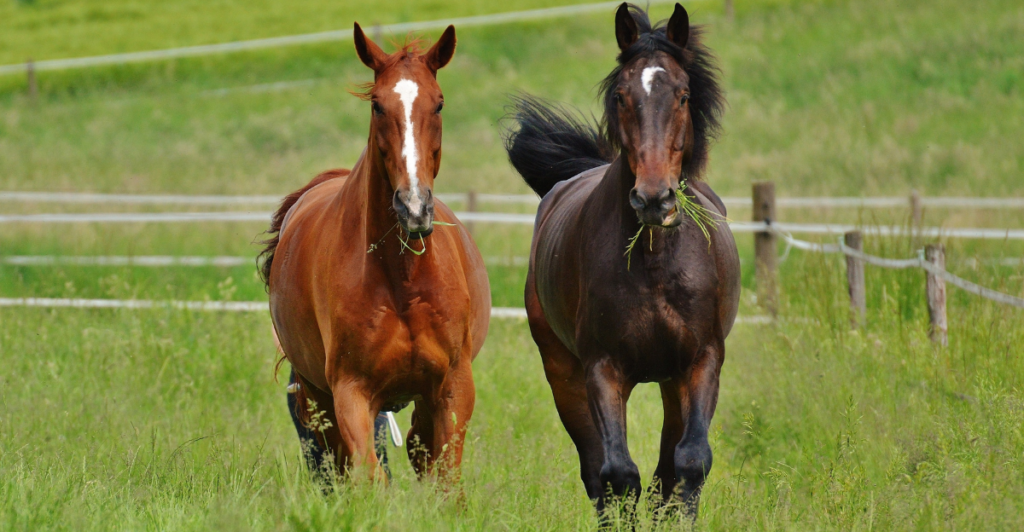
Horses don’t need to lie down to rest thanks to a specialized locking mechanism in their legs called the “stay apparatus.” This mechanism helps them stand without exerting much energy, keeping them stable and alert, even while they rest. While horses can nap while standing still, they can also doze lightly while moving at a slow walk, especially when in a familiar environment or traveling in a group. This helps them conserve energy and stay alert for any potential threats.
10. Mallard Ducks
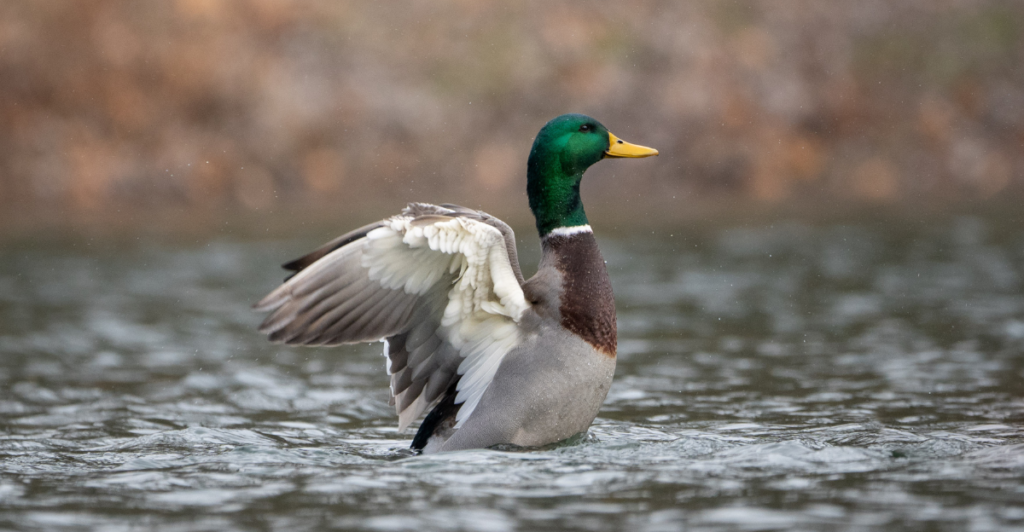
These ducks also can sleep with one side of their brain at a time. They can take short naps, keeping one-half of their brain alert enough to control flight, navigate, and be aware of potential dangers. This helps them fly long distances when migrating without stopping to rest.
11. Sloths
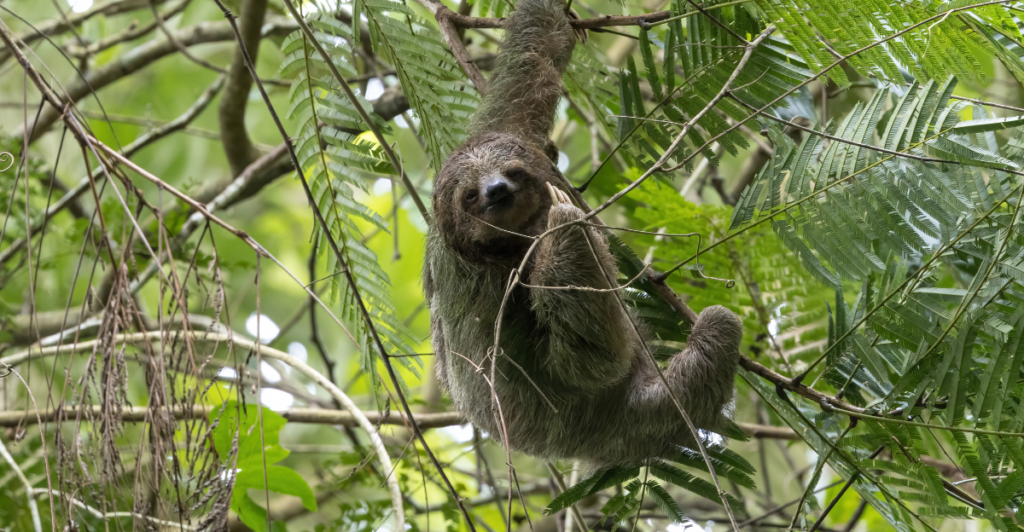
Sloths are well known for not being too active and spending most of their time resting in trees. They sleep for up to 20 hours a day, and though they mostly sleep in a stationary position, they can doze lightly while slowly moving between branches or drifting along in the treetops. They can efficiently conserve energy when moving without fearing losing their grip on a branch.
12. Albatrosses
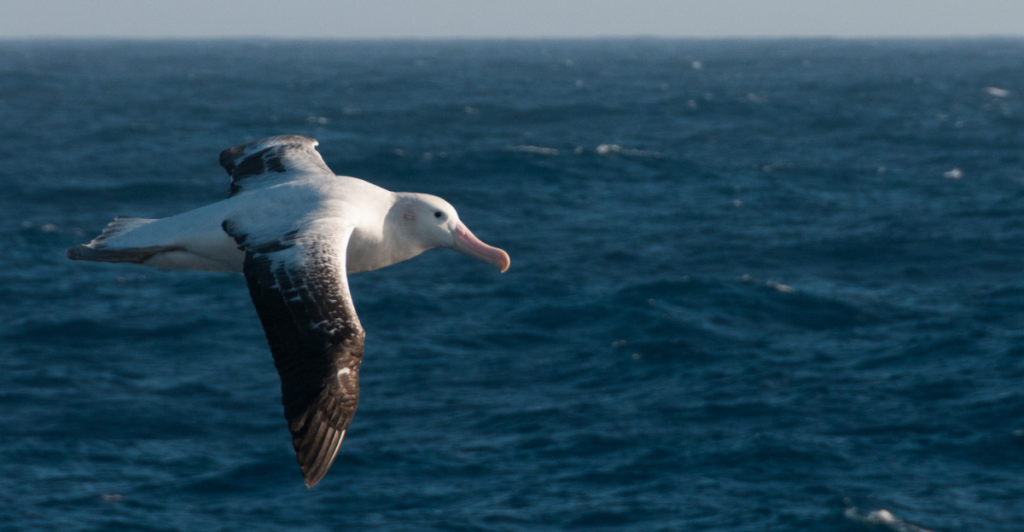
This magnificent bird can sleep with one part of its brain at a time, allowing it to stay airborne for long periods. It can also lock its wings in place, which helps it conserve energy during long flights.
Discover more of our trending stories and follow us to keep them appearing in your feed

10 Animals That Hibernate Through Every Winter
11 Strongest Animals On Earth and Where to Find Them
13 Dog Breeds That Will Defend Humans No Matter What
“There Will Be Eruptions”: Concerns Mount as Yellowstone Supervolcano Activity Shifts
References:
Reference 1
Reference 2
This article first appeared here
Stay connected with us for more stories like this! Follow us to get the latest updates or hit the Follow button at the top of this article, and let us know what you think by leaving your feedback below. We’d love to hear from you!







